detail profile paul julian
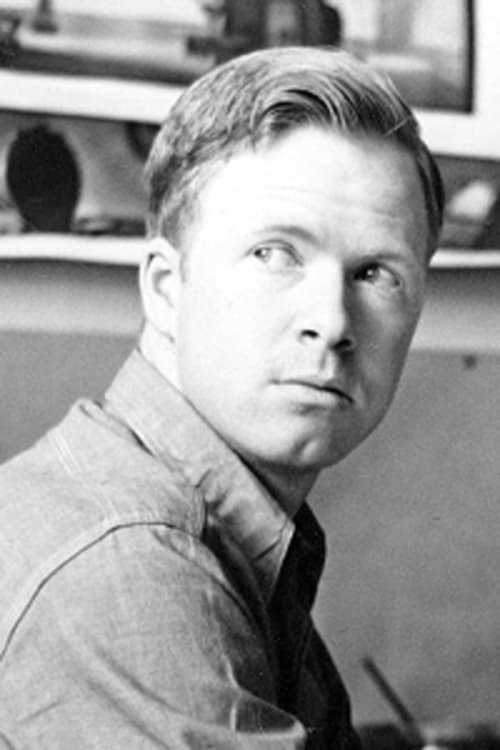
Paul Julian
Paul Hull Husted
atau dikenal sebagai
Riwayat Hidup
Paul Julian (June 25, 1914 – September 5, 1995) was an American background animator, sound effects artist and voice actor for Warner Bros.
Cartoons.
He worked on Looney Tunes short films, primarily on director Friz Freleng's Sylvester and Tweety Bird shorts.
During his time at Warner, Julian provided the vocal effects of the Road Runner.
[biography (excerpted) from Wikipedia]
Info Pribadi
Peran Yang Di Mainkan Paul Julian
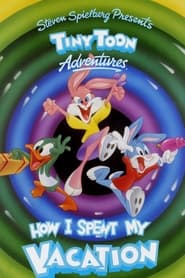 Termtime ends at Acme Looniversity and...
Termtime ends at Acme Looniversity and...Tiny Toon Adventures: How I Spent My Vacation 1992
Term-time ends at Acme Looniversity and the Tiny Toon characters look forward to a summer filled with fun. Buster and Babs Bunny turn a water fight into a white-water rafting trip through the dangerous Deep South; Plucky Duck and Hamton Pig share the most impossibly awful car journey imaginable on the way to HappyWorldLand; Fifi's blind date becomes a "skunknophobic" nightmare; and a safari park is turned upside-down by Elmyra's search for "cute little kitties to hug and squeeze".
 A collection of Warner Brothers short...
A collection of Warner Brothers short...The Bugs Bunny/Road Runner Movie 1979
A collection of Warner Brothers short cartoon features, "starring" the likes of Daffy Duck, Porky Pig and Wile.E.Coyote. These animations are interspersed by Bugs Bunny reminiscing on past events and providing links between the individual animations which are otherwise unconnected. This 1979 feature-length compilation includes several of his best cartoons. Among the 11 shorts shown in their entirety are the classics "Robin Hood Daffy," "What's Opera, Doc?," "Bully for Bugs," and "Duck Amuck". The Bugs Bunny Road Runner Movie provides a showcase not only for Jones's razor-sharp timing, but for the work of his exceptional crew, which included designer Maurice Noble, writer Mike Maltese, composers Carl Stalling and Milt Franklyn, and voice actor Mel Blanc.
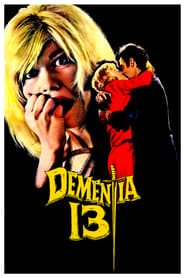 A widow deceives her late husbands...
A widow deceives her late husbands...Dementia 13 1963
A widow deceives her late husband's mother and brothers into thinking he's still alive when she attends the yearly memorial to his drowned sister, hoping to secure his inheritance, but her cunning is no match for the demented, axe-wielding thing roaming the grounds of the family's Irish estate.
 Adventures of the RoadRunner is an...
Adventures of the RoadRunner is an...Adventures of the Road-Runner 1962
Adventures of the Road-Runner is an animated film, directed by Chuck Jones and co-directed by Maurice Noble and Tom Ray. It was the intended pilot for a TV series starring Wile E. Coyote and the Road Runner, but was never picked up until four years later when Warner Bros. Television produced The Road Runner Show for CBS from 1966 to 1968 and later on ABC from 1971 to 1973. As a result, it was split into three further shorts. The first one was To Beep or Not to Beep (1963). The other two were assembled by DePatie-Freleng Enterprises in 1965 after they took over the Looney Tunes series. The split-up shorts were titled Road Runner a Go-Go and Zip Zip Hooray!.
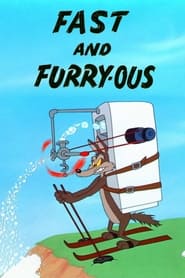 This was the debut for Wile...
This was the debut for Wile...Fast and Furry-ous 1949
This was the debut for Wile E. Coyote and the Road Runner. It was also their only cartoon made in the 1940s. It set the template for the series, in which Wile E. Coyote (here given the ersatz Latin name Carnivorous Vulgaris) tries to catch Roadrunner (Accelleratii Incredibus) through many traps, plans and products, although in this first cartoon not all of the products are yet made by the Acme Corporation.
 Elmer Fudd takes in Sylvester Cat...
Elmer Fudd takes in Sylvester Cat...Kit for Cat 1948
Elmer Fudd takes in Sylvester Cat and an orange kitten during a cold winter night. He'd like to adopt both, but can only keep one. He decides to go to bed and make up his mind in the morning. Sylvester and the kitten both want to be the one who is adopted, so each tries framing the other for noisy misdeeds.
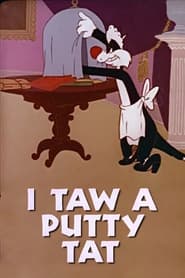 Woman wonders why her little pet...
Woman wonders why her little pet...I Taw a Putty Tat 1948
Woman wonders why her little pet birds keep disappearing. Sylvester the cat knows, but other than burping feathers, he's not saying. But it looks like he's met his match when the woman orders another bird from the pet shop: a little yellow canary named "Tweety".
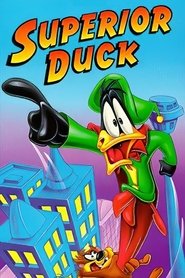 Daffy is supposedly a super hero...
Daffy is supposedly a super hero...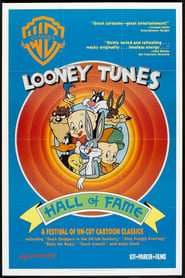 A feature film compilation of 15 classic...
A feature film compilation of 15 classic...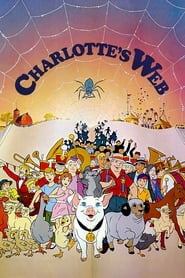 Wilbur the pig is scared of...
Wilbur the pig is scared of...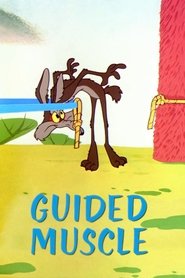 While cooking a tin can the...
While cooking a tin can the...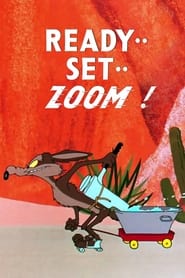 Among the strategies that fail in...
Among the strategies that fail in...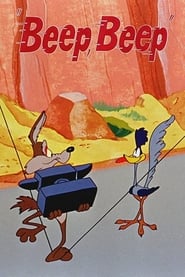 The Coyote chases the Road Runner...
The Coyote chases the Road Runner...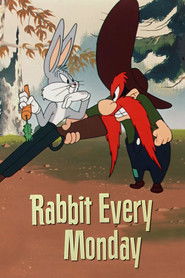 Yosemite Sam hunts Bugs Bunny
Yosemite Sam hunts Bugs Bunny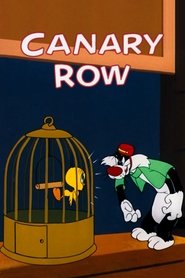 Sylvester Cat spots Tweety Bird in...
Sylvester Cat spots Tweety Bird in...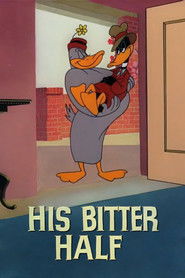 Daffy Duck marries for money but...
Daffy Duck marries for money but...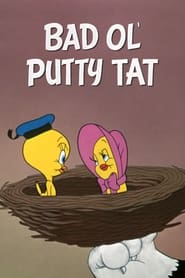 Sylvester Cat starts to saw down...
Sylvester Cat starts to saw down... Yosemite Sam tries to force Bugs...
Yosemite Sam tries to force Bugs...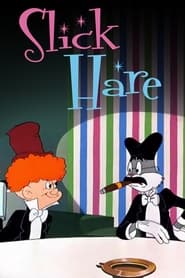 Humphrey Bogart visits the Mocrumbo Restaurant...
Humphrey Bogart visits the Mocrumbo Restaurant...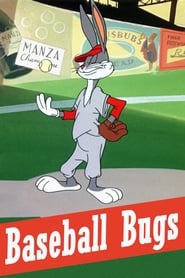 Bugs Bunny single handedly takes on...
Bugs Bunny single handedly takes on...